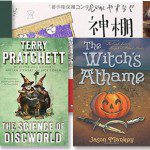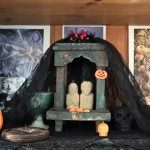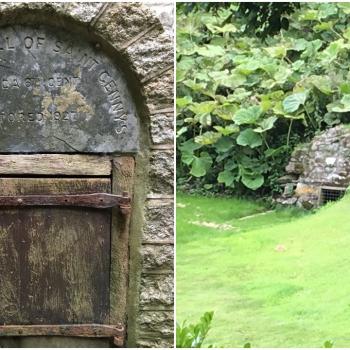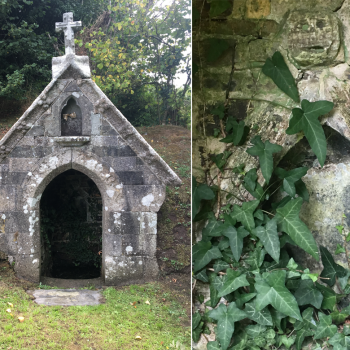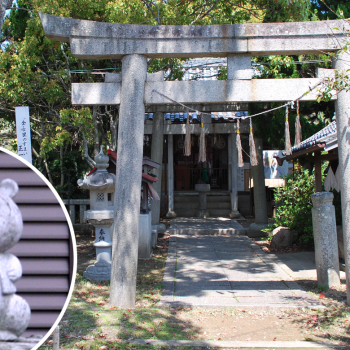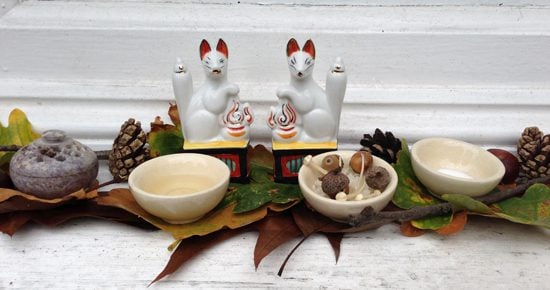
What’s more, in Neopaganism, objects are often thought to be representations of deities, rather than containing a part of the deity itself. It’s common for Pagans to direct their worship towards statues or pictures of deities on Pagan altars, or other objects that represent a deity. But a Pagan would probably stress that they do not believe that the statue itself is a deity; it merely serves as a reminder of the deity’s presence and gives them something to focus on when they pray or make offerings. The deity itself is considered to be all around us, or residing in another plane; the statue is a way of making the invisible and unknowable relatable for us mere mortals. Because this object is a representation of a deity, it is treated with a certain amount of respect but does not usually have the same level of rules and etiquette that govern the treatment of a Shinto shintai, which is considered to be more than a mere representation.
As a practitioner of both systems, I sometimes find this gulf a little hard to resolve. I do not currently have a kamidana for my patron deity Inari Ōkami; instead, I have a altar in which I represent Inari Ōkami with two ceramic fox statues, which you’ll often find at Inari shrines in Japan. A strict Shintoist would probably find this troubling. The problem is, the fox statues at Inari shrines are not considered sacred objects by Shinto priests. They are not even thought to represent Inari Herself; they are thought to be Inari’s messengers, or guardians of His shrine. By directing my worship and offerings towards the fox statues rather than towards an ofuda or shintai (as I ought to do), I am implicitly treating the statues as kami in the eyes of a Shintoist. Which is not usually considered the proper way of worshipping of venerating a kami.
But when I place offerings before the fox statues, I am acting in the Neopagan tradition and mindset rather than the Shinto one. My perception of Inari is influenced by my Neopagan beliefs; I believe that Inari’s essence is all around us, and moreover, makes itself visible in the form of the real-life foxes who live by our house. But I know that neither the fox statues, nor even the foxes themselves, are actually Inari; they just represent that unknowable presence of the deity in a way that humans can understand and appreciate.
Things are going to change for me. After much consideration, I have in fact decided to obtain a proper kamidana, ofuda and all the other things that are required for more traditional Shinto practise. But this is a personal decision. I have no problem with individuals who prefer to venerate the kami in a more Neopagan style, using symbols rather than ofuda to represent the presence of kami. The real essence of both Shinto and Neopaganism, I believe, is sincere will – if one is approaching the kami with the will to properly respect and honour them, the shape of one’s practice does not truly matter.

